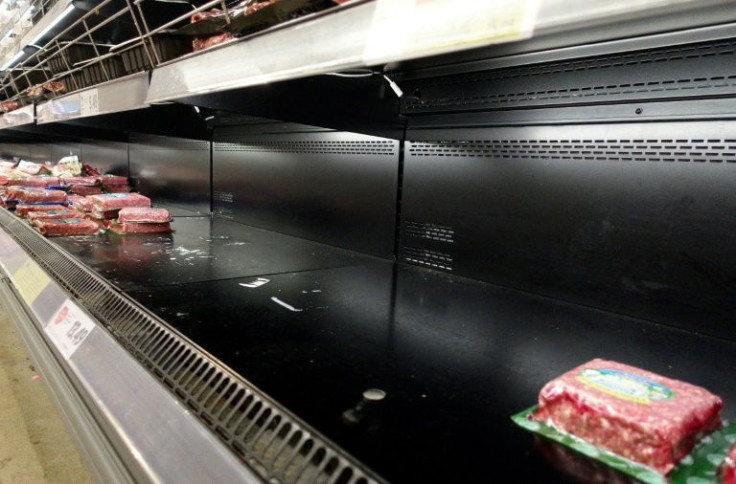Top Fed Official Sees US Inflation Slowing As Supply Issues Resolve
The wave of US price increases that have battered consumers in recent months should slow this year, as supply and transportation issues are resolved, a top Federal Reserve official said Friday.
New York Federal Reserve Bank President John Williams said he sees inflation falling to 2.5 percent this year, but cautioned that the ongoing Covid-19 pandemic means any forecast faces high uncertainty.
Given the rapid recovery, improving labor market and high inflation, he said the Fed is "approaching a decision" on raising lending rates.
Inflation in 2021 hit its highest rate in nearly 40 years, and the Fed already has begun to remove the massive stimulus pumped into the world's largest economy during the pandemic to aid in the recovery.
Many economists now expect the Fed's policy-setting Federal Open Market Committee to raise the benchmark interest rate off zero in March, with three or even four hikes possible this year.
Williams called the inflation spike "a major shock" to the global economy, which makes it appropriate for policy to "evolve" to changing conditions.
However, the date for the liftoff and the number of rate increases this year will depend on how the recovery progresses.
"With growth slowing and supply constraints gradually being resolved, I expect inflation to drop to around 2.5 percent this year, much closer to the FOMC's two percent longer-run goal," he said in a speech to the Council on Foreign Relations.
And he said he expects the rate "to get close to two percent in 2023."

The comments come after data released this week showed the consumer price index surged seven percent last year.
With "the clear signs of a very strong labor market," including the rapid drop in the unemployment rate, the Fed is nearing the time to start moving the policy interest rate "back to more normal levels," Williams said.
However, "the timing of such decisions will be based on a careful consideration of a wide range of data and information."
The main factors behind rising prices are high demand and supply chain snarls that are due in part to coronavirus-induced lockdowns in Asia that have hampered production of key materials.
Williams acknowledged that "elevated prices have real life consequences for so many, particularly for people who are struggling to cover the rising costs of food, housing and transportation."
Raising interest rates will remove the "very strong support for aggregate demand," to get it back in line with supply, Williams said in response to a question from AFP.
He noted that it will be especially effective in "more interest sensitive sectors, which includes durable goods and housing," where prices have risen sharply.
While he expects the supply snags to gradually resolve, the Fed official cautioned that the pandemic is unprecedented and the Omicron variant wave continues to pose challenges to businesses and households.
"As we turn a page on the new year, it's clear that we have not yet reached the end of this pandemic story."
© Copyright AFP 2024. All rights reserved.





















